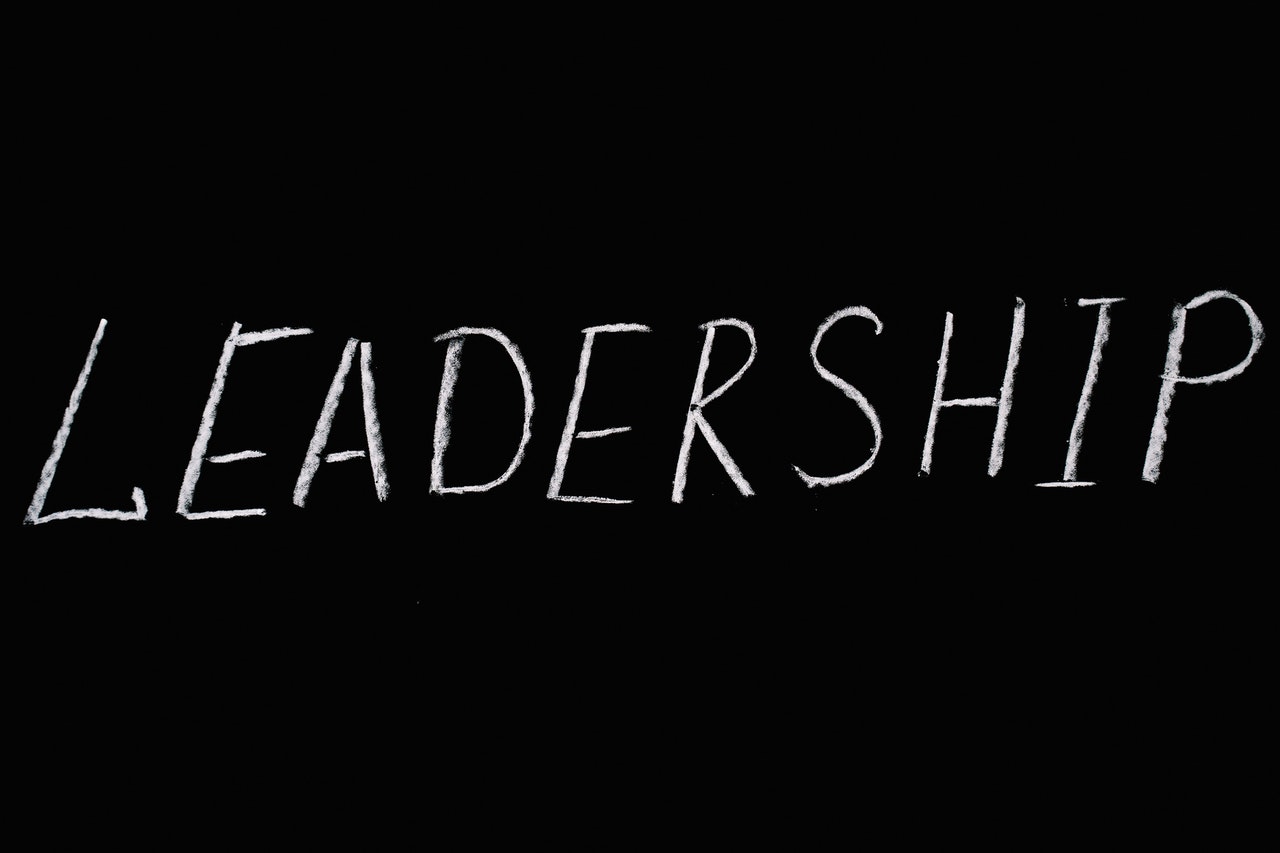There is a wide and ever growing variety of theories to explain the concept and practice of leadership. I will provide a brief overview of the more dominant or better known theories. I hope that others will share their thoughts on whether this list neglects any theories of note. In the future we can discuss some of the emerging leadership theories/approaches such as adaptive, authentic, and appreciative. It is important to note that this submission attempts to provide an overview of leadership theories versus models. I view models as attempts to functionalize the more theoretical aspects of leadership and make them easier to put into play by organizations and consultants. This is, in and of itself, an important activity.
Most theories view leadership as grounded in one or more of the following three perspectives: leadership as a process or relationship, leadership as a combination of traits or personality characteristics, or leadership as certain behaviors or, as they are more commonly referred to, leadership skills. In virtually all of the more dominant theories there exist the notions that, at least to some degree, leadership is a process that involves influence with a group of people toward the realization of goals. I will say on the front end that, in my opinion, leadership is a dynamic and complex process, and that much of what is written these days tends to over-simplify this process. My goal here is to provide an overview that keeps things simple, without crossing into over-simplification, and for the most part refraining from any critiquing of the various theories. I will leave that to my fellow bloggers for now.
Trait Theory
This theory postulates that people are either born or not born with the qualities that predispose them to success in leadership roles. That is, that certain inherited qualities, such as personality and cognitive ability, are what underlie effective leadership. There have been hundreds of studies to determine the most important leadership traits, and while there is always going to be some disagreement, intelligence, sociability, and drive (aka determination) are consistently cited as key qualities.
Skills Theory
This theory states that learned knowledge and acquired skills/abilities are significant factors in the practice of effective leadership. Skills theory by no means disavows the connection between inherited traits and the capacity to be an effective leader – it simply argues that learned skills, a developed style, and acquired knowledge, are the real keys to leadership performance. It is of course the belief that skills theory is true that warrants all the effort and resources devoted to leadership training and development
Situational Theory
This theory suggests that different situations require different styles of leadership. That is, to be effective in leadership requires the ability to adapt or adjust one’s style to the circumstances of the situation. The primary factors that determine how to adapt are an assessment of the competence and commitment of a leader’s followers. The assessment of these factors determines if a leader should use a more directive or supportive style.
Contingency Theory
This theory states that a leader’s effectiveness is contingent on how well the leader’s style matches a specific setting or situation. And how, you may ask, is this different from situational theory? In situational the focus is on adapting to the situation, whereas contingency states that effective leadership depends on the degree of fit between a leader’s qualities and style and that of a specific situation or context.
Path-Goal Theory
This theory is about how leaders motivate followers to accomplish identified objectives. It postulates that effective leaders have the ability to improve the motivation of followers by clarifying the paths and removing obstacles to high performance and desired objectives. The underlying beliefs of path-goal theory (grounded in expectancy theory) are that people will be more focused and motivated if they believe they are capable of high performance, believe their effort will result in desired outcomes, and believe their work is worthwhile.
Transformational Theory
This theory states that leadership is the process by which a person engages with others and is able to create a connection that results in increased motivation and morality in both followers and leaders. It is often likened to the theory of charismatic leadership that espouses that leaders with certain qualities, such as confidence, extroversion, and clearly stated values, are best able to motivate followers. The key in transformational leadership is for the leader to be attentive to the needs and motives of followers in an attempt to help them reach their maximum potential. In addition, transformational leadership typically describes how leaders can initiate, develop, and implement important changes in an organization. This theory is often discussed in contrast with transactional leadership.
Transactional Theory
This is a theory that focuses on the exchanges that take place between leaders and followers. It is based in the notion that a leader’s job is to create structures that make it abundantly clear what is expected of his/her followers and also the consequences (i.e. rewards and punishments) for meeting or not meeting these expectations. This theory is often likened to the concept and practice of management and continues to be an extremely common component of many leadership models and organizational structures.
Servant Leadership Theory
This conceptualization of leadership reflects a philosophy that leaders should be servants first. It suggests that leaders must place the needs of followers, customers, and the community ahead of their own interests in order to be effective. The idea of servant leadership has a significant amount of popularity within leadership circles – but it is difficult to describe it as a theory inasmuch as a set of beliefs and values that leaders are encouraged to embrace.
Closing Comments and Questions
I have a bias toward trait, skills, and transformational theories. I am a psychologist and there is no doubt in my mind that people are born with certain qualities. But I am equally sure innate traits inevitably become fully interwoven with a person’s acquired knowledge and skills. And I lean toward transformational theory because of how it views the practice of leadership as, more than anything else, relational interaction.
So how can these theories apply to one’s work? Well, in my work, if I am hired to help an organization select a leader via an assessment process, some of the theories become readily apparent. To start, it is important that the first step in the assessment is a meeting in which the client clarifies the qualities needed for the specific role and paint a picture for me of the organizational culture. By doing this I am able to be look for those qualities, skills, knowledge, to assure finding someone that is a good fit for the job and the culture (Contingency Theory). The assessment process includes tools to measure personality, cognitive abilities, and drive (Trait Theory), adaptability (Situational Theory), and sociability (Transformational Theory). It also involves, through interviews and work simulations, an evaluation of a person’s work-related skills and knowledge of the business (Skills Theory).
So what are your biases? Does theory inform any of your work — knowingly or unkowingly? Maybe you have your own theory of leadership. Let’s hear it.










